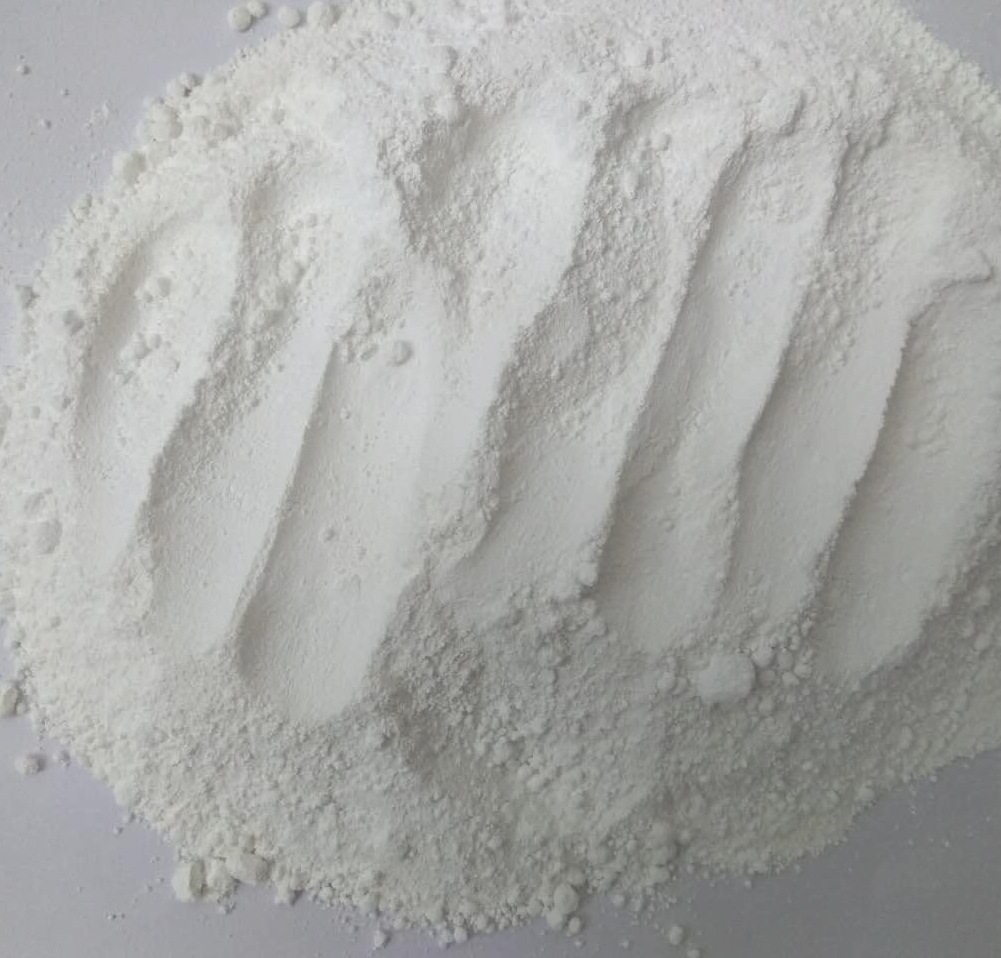
Nov . 12, 2024 03:05 Back to list
tio2 lattice structure manufacturer
The Lattice Structure of TiO2 and Its Relevance in Manufacturing
Titanium dioxide (TiO2) is a widely used compound in various industries due to its unique physical and chemical properties, especially its lattice structure. As a semiconductor with a high refractive index and excellent UV light absorption capabilities, TiO2 finds applications in pigments, photocatalysts, solar cells, and self-cleaning surfaces. Understanding its lattice structure is crucial for manufacturers aiming to harness TiO2’s full potential.
Understanding TiO2 Lattice Structure
TiO2 primarily exists in three crystalline forms anatase, rutile, and brookite. Each of these forms possesses a different lattice structure, influencing its properties and applications.
1. Anatase This tetragonal form of TiO2 is characterized by its high surface area and excellent photocatalytic activity. The anatase lattice structure allows for higher electron mobility, which is beneficial in applications such as photocatalysis and dye-sensitized solar cells (DSSCs). Manufacturers often favor anatase due to its larger bandgap, which makes it effective in various innovative applications involving light absorption and conversion.
2. Rutile The most thermodynamically stable form of TiO2, rutile has a tetragonal lattice structure that provides durability and high refractive index. It is predominantly used in pigment applications due to its excellent masking properties and stability under UV radiation. In manufacturing, rutile is often utilized in pigments for paints, coatings, and plastics, where its robustness and inert characteristics are required.
3. Brookite This less common form of TiO2 has a more complex orthorhombic lattice structure. While not as widely used, brookite shows unique photocatalytic properties and has potential applications in organic dye degradation and environmental remediation. Manufacturers exploring niche markets may find brookite beneficial in specific industrial processes.
Manufacturing Considerations
The choice of TiO2 form depends on specific manufacturing needs, which are influenced by the lattice structure. Here are some factors manufacturers consider
tio2 lattice structure manufacturer

1. Synthesis Methods The method of synthesizing TiO2 significantly affects the lattice structure and the resulting material properties. Common methods include sol-gel processes, hydrothermal synthesis, and chemical vapor deposition (CVD). Each method can yield different crystalline phases, impacting the final product's performance.
2. Doping and Modifications To enhance specific properties such as conductivity or photocatalytic efficiency, manufacturers often dope TiO2 with elements like nitrogen, iron, or sulfur. Doping alters the electronic structure and can change the lattice parameters, thereby affecting the material's functionality in various applications.
3. Characterization Techniques Manufacturers must employ advanced characterization techniques to analyze the lattice structure of TiO2 accurately. X-ray diffraction (XRD), scanning electron microscopy (SEM), and transmission electron microscopy (TEM) are essential for understanding phase composition, crystallinity, and particle size. This information is crucial for optimizing the manufacturing process and ensuring high-quality products.
Applications in Industry
The unique lattice structures of TiO2 lead to a range of applications across several industries
- Photovoltaics In solar cells, specifically DSSCs, anatase TiO2 serves as the semiconductor layer, converting sunlight into electricity efficiently. - Coatings Rutile TiO2 is widely used in coatings due to its opacity, brightness, and resistance to weathering, making it ideal for exterior applications. - Environmental Remediation The photocatalytic properties of both anatase and brookite TiO2 make them effective in breaking down organic pollutants, and their utilization in wastewater treatment continues to gain traction.
Conclusion
The lattice structure of titanium dioxide plays a pivotal role in determining its properties and suitability for various applications. As manufacturers continue to explore and innovate in the synthesis and modification of TiO2, the insights gained from understanding its lattice forms will drive advancements in industries ranging from renewable energy to environmental sustainability. As we move towards a more sustainable future, the importance of materials like TiO2, with their exceptional lattice characteristics, will only grow.
-
Premium 6618 Titanium Dioxide for GPT-4 Turbo Applications
NewsJul.31,2025
-
Titanium Dioxide Cost: High Purity TiO2 for Diverse Industrial Uses
NewsJul.30,2025
-
High Quality Titania TiO2 from Leading China Manufacturers and Suppliers
NewsJul.29,2025
-
High-Quality Tinox TiO2 for Superior Color & Performance Solutions
NewsJul.29,2025
-
High Quality Titania TiO2 from Leading China Supplier & Manufacturer
NewsJul.29,2025
-
High-Performance r6618 TiO2 for Superior Whitening and Versatility
NewsJul.28,2025
